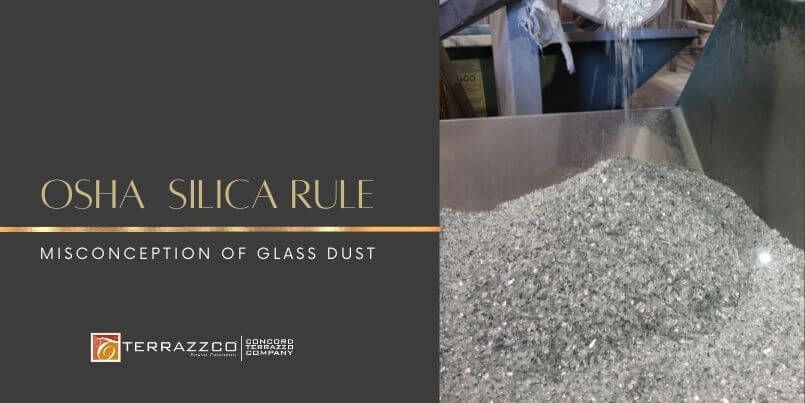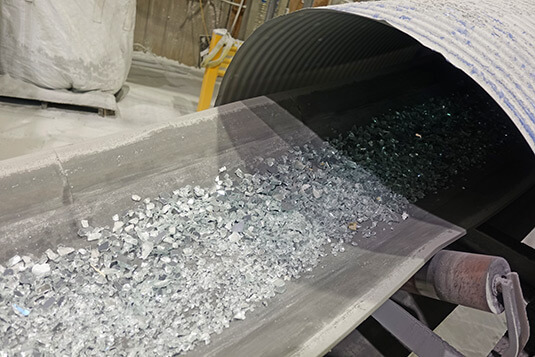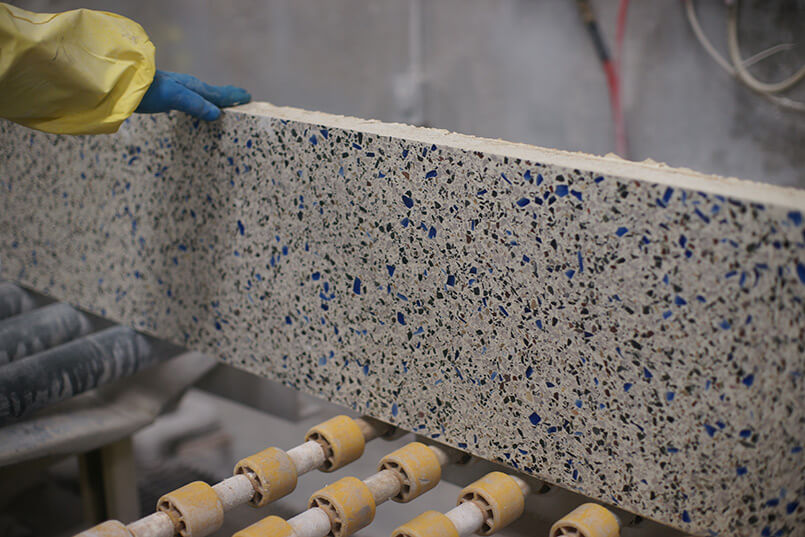08 Dec OSHA Silica Rule: Misconception of Glass Dust

OSHA Silica Rule: Misconception of Glass Dust
In the fall of 2017, the Occupational Safety and Health Administration announced a new rule concerning the use of silica during the construction and demolition of projects. OSHA reported over 2 million construction workers are exposed to respirable crystalline silica in over 600,000 workplaces. As a result, stricter standards have been set in place to protect workers from inhaling dust above the permissible exposure limit. This blog will address the new silica standards, but also create a better understanding of glass dust.
Is Glass Dust Dangerous?
To best understand silica, we must address where it comes from and how it is formed. Silica makes up most of the Earth’s crust. 100 times smaller than sand, silica is not visible to the naked eye. Today silica is found in many building materials, with dust forming by cutting, grinding, or drilling these materials on the construction site.

Crystalline Silica
Glass is manufactured using sand otherwise known by its chemical name “silica dioxide”, forming two distinct groups of silica, crystalline and amorphous. Although glass is silica, it is not crystalline silica. Crystalline silica in the form of quartz has longterm health risks and can lead to silicosis and other respiratory diseases. The World Health Organization classifies crystalline silica as carcinogenic to any animal or human.
Amorphous Silica
However, glass dust is classified as amorphous silica dioxide. This type of silica poses no health risks. Why? Well, during the formation of amorphous silica dioxide, the rate of the cooling process is sped up immensely. This causes the molecules within a given material to have no alignment or arrangement. As a result, the lack of alignment or arrangement reduces the toxicity levels in the materials. In fact, silica is found in foods and drinks today such as water, whole grain bread, beer, and green beans. It is even used to strengthen elastomers in products such as toothpaste, resins, and paints.

Conclusion
While OSHA has placed stricter guidelines when using silica, it must be made aware that not all silica is harmful. In situations when crystalline silica is present, it is best to follow all safety produces to prevent health hazards later on. This means educating construction works on the potential risk of overexposure, making sure they are wearing respiratory masks and the appropriate gear, and what to do if they have been exposed to crystalline silica via inhalation, ingestion or skin contact.
Glass dust is not an inhalation hazard; therefore, a respiratory mask is not required. At Concord Terrazzo Company, we process, package, and transport glass materials to construction sites to be used as part of the installation of a terrazzo floor. By following the safety guidelines on the job site, we ensure that our customers and our environment benefits from the processes and standards that we follow in our day-to-day manufacturing practices.
Source: OSHA, World Health Organization, Silica-Safe
VIEW AGGREGATES
View the latest TERRAZZCO marble, glass and shell aggregates, for terrazzo and concrete projects.
VIEW PRODUCT DATA
Download TERRAZZCO Producat Data Sheets for all marble, glass and shell aggregate products.
CONTACT US
Have concerns on whether glass dust is harmful? Ask our representatives for more insights






